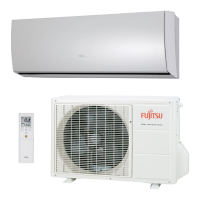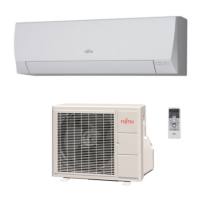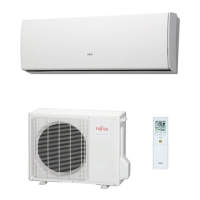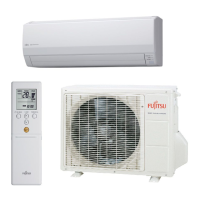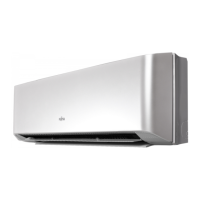6. SYSTEM DESIGN
[Installation precautions]
Contents Countermeasures (Reference)
When inside
the ceiling
is high
temperature
and high
humidity
When the indoor unit is installed where the
inside of the ceiling is 30°C (86°F) RH80%
or greater, the dew point temperature of the
outer perimeter may become higher than the
cabinet surface temperature and moisture will
condense on the surface of the cabinet and
water drops may fall inside the room.
eer to ig.
In addition, the humidity may vary
considerably the same as when the inside of
the ceiling is close to hermetically sealed and
used as the outside air intake path.
1) Add heat insulating material
to the outside of the indoor
unit cabinet.
*Regarding the cassette type,
use of the “high humidity
correspondence kit (option)”
is recommended.
2) Strengthen the heat
insulating material of the
refrigerant piping and drain
piping also
eer to ig.
3) When the humidity inside
the ceiling changes
considerably, install a
ventilation port
Contents Countermeasures (Reference)
When using
an external
duct
When using an external duct to take in new
fresh air, etc., condensation may form on
the surface of the duct due to the effect of
the outside air temperature and the humidity
inside the ceiling.
1) Always perform heat
insulation processing.
(Heat insulating material:
Glass wool 25mm (31/32 in.)
thick or more.)
When the
remote
controller
installation site
is bad
If the cold or warm air blown out from the air
conditioner directly contacts the thermostat
section of the remote controller, the outlet
temperature of the air conditioner may be
sensed and room temperature control will be
different from the room temperature and “not
cooled” or “not heated” or other trouble may
occur.
In addition, there is the possbility that the
same kind of trouble may also occur when the
remote controller is effected by direct sunlight.
1) Install the remote controller
where it will not be directly
exposed to the cold or hot
air.
2) Install the remote controller
where it will not be directly
exposed to sunlight or
strong lighting.
Moist air curve
Condition which
requires addition of
outside heat insulation
Relative humidity 80%
Dry bulb temperature 30°C (86°F)
Fig.A
Work method when reinforcing the heat insulation
of on-site piping
Fig.B
Slit of heat insulating
material facing upward
Covered gas pipe
(heat insulation
strengthened)
Heat insulating material
(procured at the site)
Small exposed part of
copper pipe is desirable.
Fit tightly (purpose is
to cover the sealant)
Binding material
Flare connection
To indoor unit
Heat insulation
reinforcement material
(procured at the site)
- (06 - 152) -
SYSTEM
DESIGN
SYSTEM
DESIGN
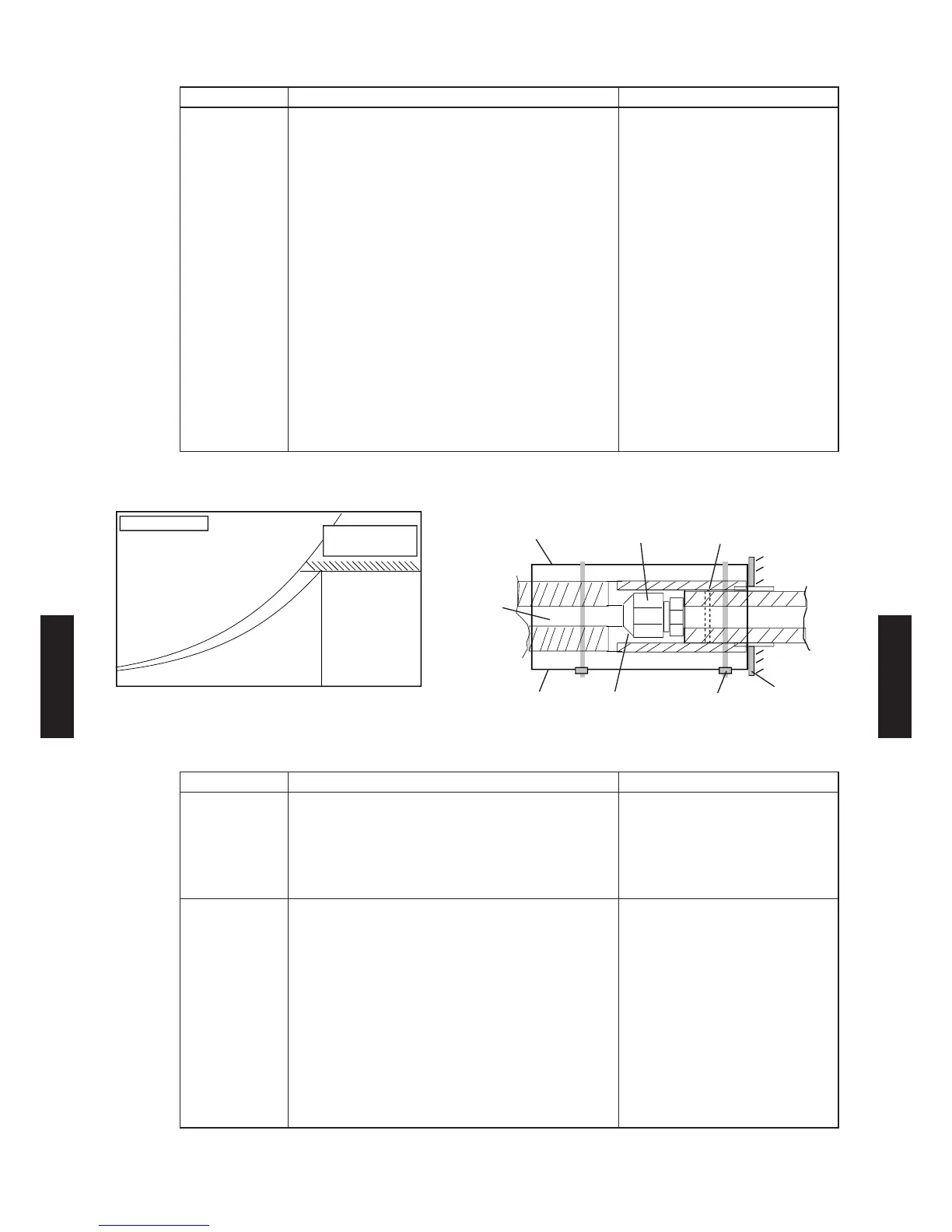